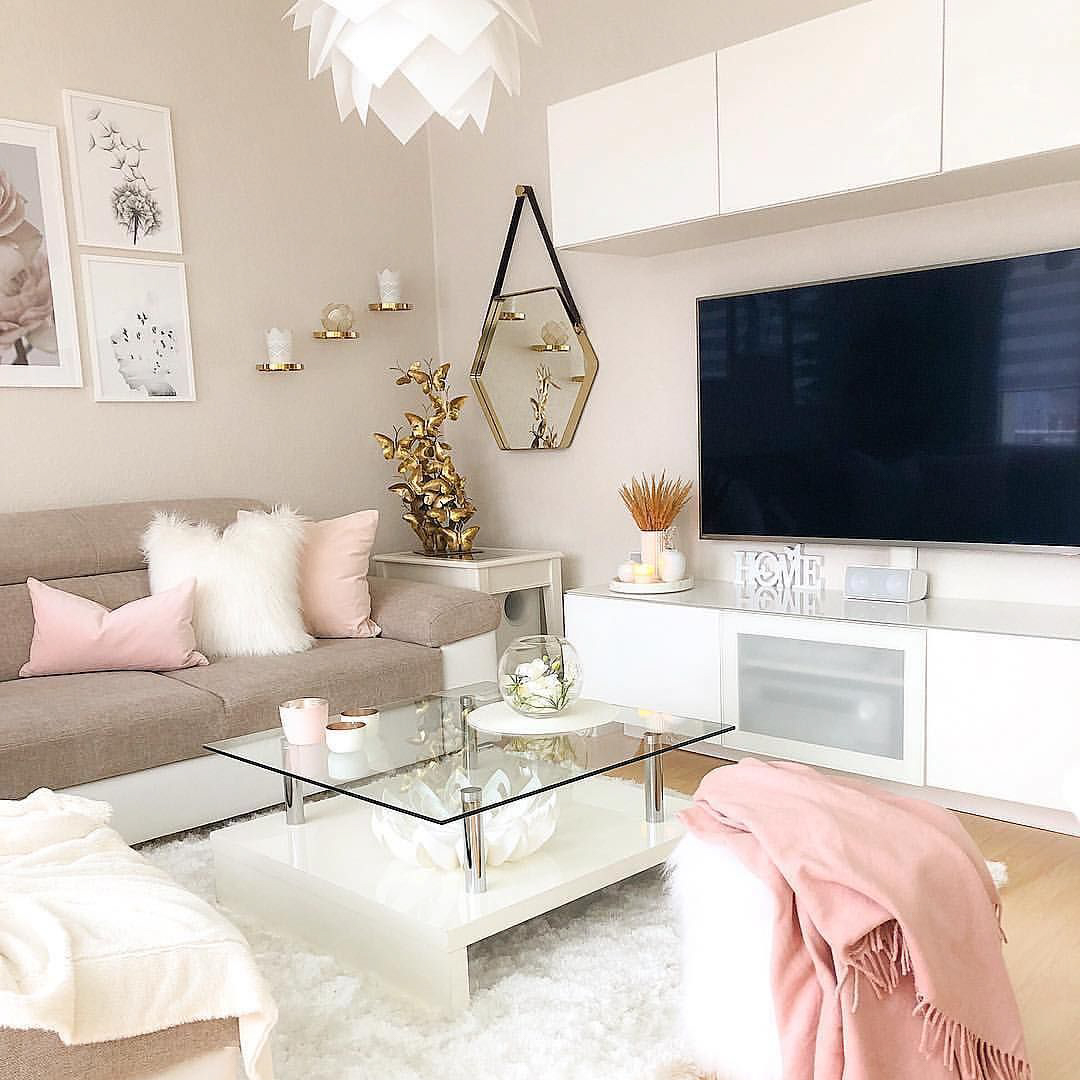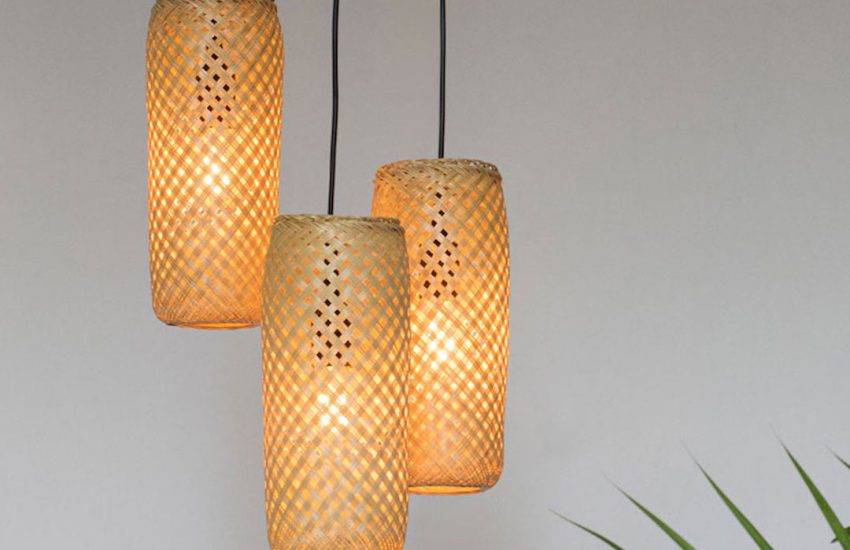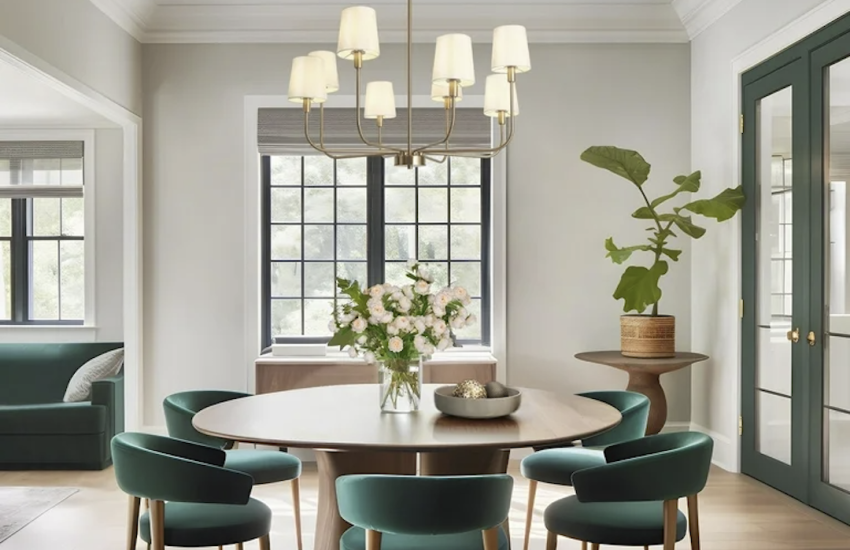
Verner Panton (1926-1998) was a Danish designer celebrated for his revolutionary furniture and interior designs. His iconic pieces, which often blurred the boundaries between art and function, continue to inspire designers and architects today.
Early Life and Education
Panton was born in the small Danish town of Gamtofte and showed a keen interest in art and design from a young age. He studied at the Royal Danish Academy of Fine Arts in Copenhagen from 1947 to 1951, where he trained in traditional furniture making and interior design.
Design Philosophy
Panton believed that furniture should not just be functional, but also should be an expression of the times in which they were created. He was interested in new materials and innovative forms, and his work reflects this curiosity.
“The main purpose of my work is to provoke people into using their imagination,” said Panton. “Most people spend their lives living in dreary, grey-beige conformity, mortally afraid of using colors. By experimenting with lighting, colors, textiles and furniture and utilizing the latest technologies, I try to show new ways.”
Iconic Designs
Panton Chair
The Panton Chair, designed in 1960, is perhaps Panton’s most famous piece. Made from a single piece of plastic, the chair was the first of its kind and considered a breakthrough in furniture design. Its unique S-shape and bright colors immediately captured the public’s attention and it quickly became an icon of the 1960s.
Flowerpot Lamp
Panton’s Flowerpot Lamp, designed in 1969, is another iconic piece that originated during the psychedelic era. The lamp is characterized by its spherical shape and distinctive two-tone color scheme. It was an instant hit and has remained popular ever since.
System 123 Chair
Panton’s System 123 Chair, designed in 1973, is an innovative and highly adaptable piece of furniture. It is made up of three modular pieces that can be arranged in a variety of ways to create a sofa, a chaise longue, or individual chairs. This flexibility makes it perfect for both public and private spaces.
Legacy
Despite his untimely death in 1998, Panton’s influence on furniture design endures. His designs are still highly sought after and his innovative use of materials and forms continues to inspire designers today.
In 2002, the Vitra Design Museum in Germany held a major retrospective of Panton’s work, which showcased the designer’s legacy and cemented his place in design history. The Panton Chair also remains in production and is now considered a classic of modern furniture design.

